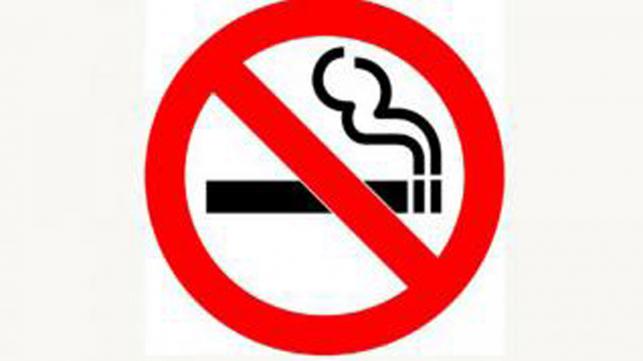News >> National
95% children in Bangladesh affected by nicotine
 11 Dec, 2017
11 Dec, 2017
A major percentage of Bangladeshi children are the victims of second-hand smoke (SHS).
Oxford journal of Nicotine and Tobacco Research, published from England on 7 December, showed that about 95% children in the Dhaka city corporation and nearby areas carry nicotine in their bodies due to indirect smoking.
The survey was based on saliva tests of 479 primary school children at Mirpur and Savar areas of Dhaka in 2015.
The article, Secondhand Smoke Exposure in Primary School Children: A Survey in Dhaka, Bangladesh, said that there was urgent need to reduce exposure to SHS (second-hand smoke) in Bangladeshi children.
The study was carried out jointly by Dhaka University of Bangladesh, York University of England, University of Edinburgh and Leeds City Council Public Health Department.
Member of the research team, Rumana Huque, professor of economics at Dhaka University, told Prothom Alo, “Children are harmed by family members smoking at home. On the streets, in buses, shops and restaurants, many people smoke and children get affected. Our study was on the effect of that second-hand smoke exposure.”
Referring to the research results and the severity of the situation, former director of NIDCH (National Institute of Diseases of the Chest and Hospital) and chest diseases specialist professor Ali Hossain said, “One of the major contributors to child asthma is SHS. Fathers, brothers or passers-by exhale the smoke and children are the victims. There is no way to save the children from this danger except through mass awareness.”
While a smoker exhales smoke, other people inhale this second-hand smoke. The article also stated that, about 40% children of the world are victim of second-hand smoke exposure.
The same environment poses more risks for a child than for an adult as a child’s respiratory rate is higher than that of an adult. Moreover, a child is less capable of protesting against anyone smoking nearby.
Research method
Rumana Huque said, the study was conducted with the approval of BMRC (Bangladesh Medical Research Council) on 479 children between the ages of 11 to 13 years.
At first, the saliva samples were sent to the ABS lab in England as Bangladesh has no nicotine testing lab. The presence of nicotine could be detected in saliva, urine and hair samples.
The research team prepared the questionnaire for the children, based on tobacco-related behaviour. Questions included, “Do you live with anyone who smokes tobacco?” or “Does anyone smoke while you are in the car?”
Results of the study
Nicotine was found in 453 children’s saliva samples out of 479 which means 95% of the children were victim of SHS.
Rumana added, “There is no other source for the nicotine that enters the child’s body other than ‘bidi’ or cigarette smoke.”
She said she did not know of any similar study in neighbouring or other developing countries. Referring to the 2011 statistics of the famous British medical journal Lancet stating 40% of the world children as victim of SHS, Rumana said that Bangladesh was in a much worse condition than the others.
About 43% (208) children said in the survey that at least one in the family smoked. About 21% (100) children said, their family members and guests were not allowed to smoke inside while 87% (419) said that they were recently exposed to SHS at public place (roads, shops etc.)
prothom-alo
Source:

